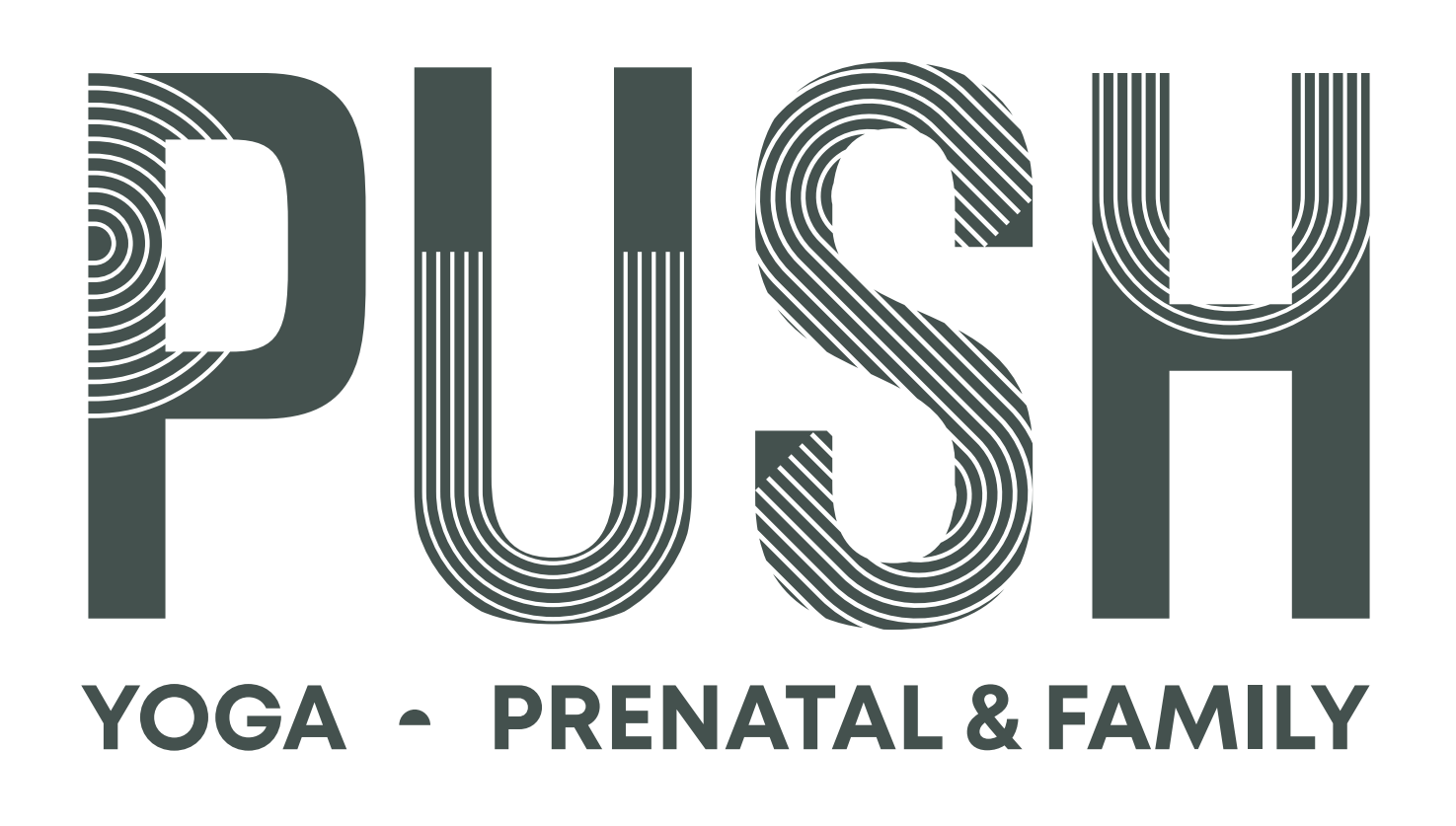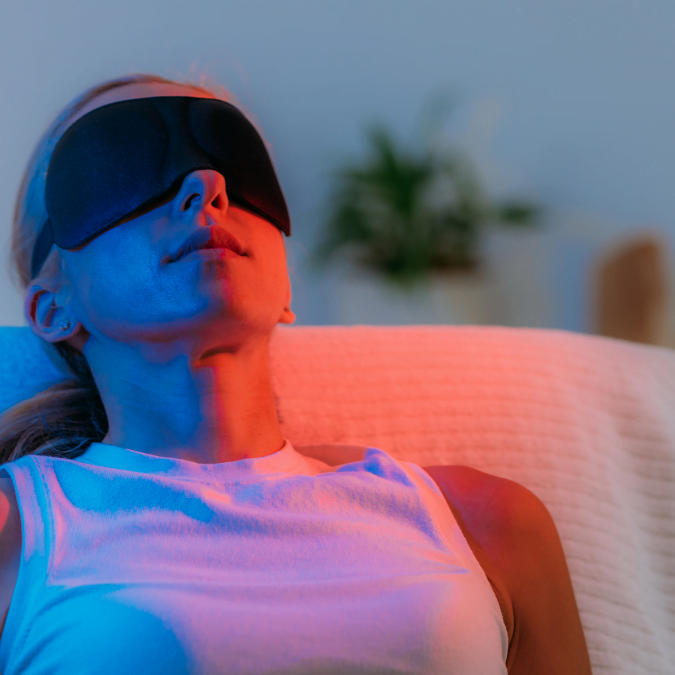Light therapy has been gaining prominence for its incredible health benefits, specifically red light therapy and infrared light therapy. These therapies, utilize specific wavelengths of light to stimulate cellular activity and promote healing within the body. Let’s dive into the world of red and infrared light therapy, explore their advantages, and uncover the scientific studies supporting their efficacy.
Red Light Therapy: Illuminating Skin Health and Beyond
Red light therapy, characterized by its longer wavelengths, holds remarkable potential in several realms of health. One of its most celebrated benefits lies in skincare. Scientific studies have demonstrated that red light therapy can significantly enhance collagen production, leading to improved skin texture, reduced wrinkles, and a revitalized complexion[1]. This rejuvenation effect can be particularly appealing for those seeking natural methods to address the signs of aging.
Beyond its impact on the skin, red light therapy has proven effective in pain management. Research indicates that it can alleviate pain and inflammation, making it a promising non-pharmacological approach for conditions like osteoarthritis and musculoskeletal injuries[2]. By modulating pain pathways and supporting tissue repair, red light therapy offers a holistic solution for individuals seeking relief from discomfort.
Infrared Light Therapy: Illuminating Deep Healing
Infrared light therapy takes the healing potential a step further by utilizing wavelengths that penetrate deeper into tissues. This characteristic grants infrared light therapy the ability to address issues beneath the skin’s surface, making it an invaluable tool for several health concerns.
In the realm of pain relief and recovery, infrared light therapy shines brightly. By promoting vasodilation and enhancing blood flow, it supports tissue healing, reduces muscle soreness, and aids in post-workout recovery[3]. Moreover, this therapy’s ability to increase oxygen supply to injured areas contributes to faster healing and improved mobility.
Joint health is another domain where infrared light therapy showcases its benefits. Studies have highlighted its positive impact on conditions like rheumatoid arthritis and osteoarthritis[4]. By alleviating pain, improving joint mobility, and reducing inflammation, infrared light therapy presents a holistic approach to enhancing the quality of life for those affected by joint-related issues.
Backing the Brilliance with Science
The allure of red and infrared light therapy lies not only in their potential but also in the scientific research that supports their efficacy. Numerous peer-reviewed studies have examined the effects of these therapies on various health aspects.
- A study by Avci et al. (2013) emphasizes the positive effects of red light therapy on collagen production and skin health[1].
- Brosseau et al. (2005) conducted a meta-analysis supporting the efficacy of red light therapy in pain management and musculoskeletal conditions[2].
- Baroni et al. (2017) explored the pain-relieving potential of infrared light therapy, particularly in muscle fatigue[3].
- Hegedus et al. (2009) found significant benefits of infrared light therapy in managing osteoarthritis-related pain[4].
Illuminating a Bright Future
As we continue to explore the benefits of red and infrared light therapy, the future looks promising. These non-invasive and natural approaches hold the potential to revolutionize skincare, pain management, and overall well-being. It’s important to note that individual responses may vary, and consulting healthcare professionals before incorporating these therapies into your routine is recommended.
[1]: Avci, P., Gupta, A., Sadasivam, M., Vecchio, D., Pam, Z., Pam, N., … & Hamblin, M. R. (2013). Low-level laser (light) therapy (LLLT) in skin: stimulating, healing, restoring. Seminars in Cutaneous Medicine and Surgery, 32(1), 41-52.
[2]: Brosseau, L., Welch, V., Wells, G., de Bie, R., Gam, A., Harman, K., … & Tugwell, P. (2005). Low level laser therapy for osteoarthritis and rheumatoid arthritis: a metaanalysis. The Journal of Rheumatology, 32(10), 1962-1969.
[3]: Baroni, B. M., Leal Junior, E. C. P., Geremia, J. M., Diefenthaeler, F., Vaz, M. A., & Vaz, G. C. (2017). Effect of light-emitting diodes therapy (LEDT) on knee extensor muscle fatigue. Photomedicine and Laser Surgery, 35(3), 135-140.
[4]: Hegedus, B., Viharos, L., & Gervain, M. (2009). The effect of low-level laser in knee osteoarthritis: a double-blind, randomized, placebo-controlled trial. Photomedicine and Laser Surgery, 27(4), 577-584.




